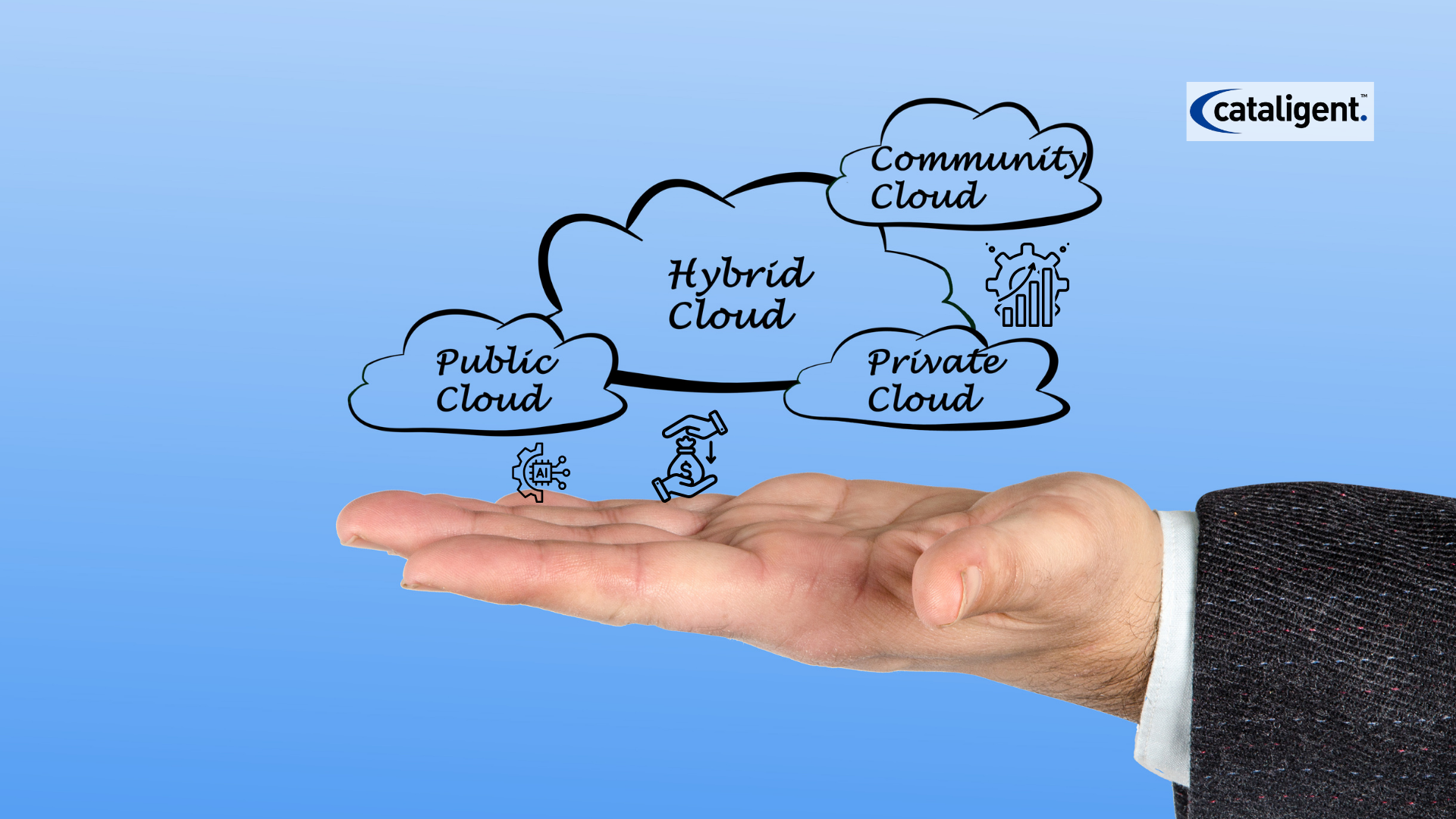Hybrid and multi-cloud environments have become the backbone of modern enterprises. Businesses are no longer tied to a single provider or infrastructure; instead, they leverage multiple cloud vendors alongside on-premises systems to maximize flexibility, reduce risk, and optimize costs. While this approach brings agility, it also introduces complexity—fragmented workflows, compliance risks, and rising operational expenses. Traditional ITSM frameworks, designed for simpler infrastructures, are ill-equipped to handle this new reality. That’s why organizations need Adaptive ITSM: a service management model tailored for hybrid and multi-cloud ecosystems.
What is Adaptive ITSM?
Adaptive ITSM is an evolved approach to service management that dynamically adjusts to the complexities of hybrid and multi-cloud infrastructures. It integrates processes, tools, and governance frameworks across diverse environments to deliver unified visibility, seamless workflows, and consistent service delivery. Instead of rigid processes, Adaptive ITSM is flexible, scalable, and designed to orchestrate services across multiple platforms.
The essence of Adaptive ITSM lies in enabling IT services to remain reliable, cost-effective, and aligned with business goals, no matter how complex the underlying infrastructure becomes. For enterprises investing heavily in multi-cloud adoption, this model ensures service delivery does not become fragmented or inefficient.
Why Adaptive ITSM Matters
- Unified Service Visibility
In multi-cloud environments, services are distributed across AWS, Azure, Google Cloud, private data centers, and on-premises legacy systems. Without a unified view, IT leaders struggle to track service performance or identify root causes of issues. Adaptive ITSM provides a consolidated “single pane of glass” view that enables organizations to monitor service health, performance, and cost across all platforms in real time. This unified visibility is crucial for both operational efficiency and strategic decision-mking. - Cost Optimization in Cloud Sprawl
Cloud adoption often begins with enthusiasm but quickly leads to uncontrolled growth, resulting in redundant services, underutilized resources, and hidden costs. This phenomenon—known as cloud sprawl—can significantly impact budgets. Adaptive ITSM ensures financial accountability by mapping service usage to business value, helping leaders identify inefficiencies, eliminate waste, and control unnecessary spending. Cost savings achieved here can be redirected to innovation and transformation initiatives. - Compliance and Security
Each cloud vendor brings its own compliance requirements and security challenges. Managing policies separately creates vulnerabilities and increases the risk of regulatory penalties. Adaptive ITSM enforces standardized governance across all platforms, ensuring that policies are uniformly applied. This approach reduces risks, prevents data breaches, and ensures regulatory compliance in industries where security is non-negotiable. - Agility for Business Transformation
Digital transformation depends on the ability to launch, scale, and adapt services quickly. In rigid ITSM models, change processes can create bottlenecks. Adaptive ITSM, however, is designed for speed and flexibility. It enables organizations to deploy new services rapidly, integrate emerging technologies like AI or IoT, and pivot in response to market demands without compromising reliability. This agility transforms IT from a cost center into a true enabler of business innovation.
The Role of Business Transformation in Adaptive ITSM
Adaptive ITSM is not just an IT upgrade—it’s a fundamental enabler of business transformation. By unifying service delivery across hybrid and multi-cloud ecosystems, it ensures that technology adoption directly supports organizational goals. Here’s how it impacts transformation efforts:
- Faster Digital Adoption: Transformation initiatives often involve introducing new platforms and tools. Adaptive ITSM ensures these integrate seamlessly into existing workflows, minimizing disruption and accelerating adoption.
- Operational Efficiency: With visibility and governance across multiple environments, redundant processes are eliminated. IT teams focus on value-driven tasks rather than troubleshooting fragmented systems.
- Strategic Agility: Organizations must pivot quickly to seize opportunities. Adaptive ITSM provides the flexibility needed to innovate and scale while maintaining service continuity.
- Value Realization: Cloud investments only deliver ROI when they are efficiently managed. Adaptive ITSM ensures that every investment contributes directly to measurable business outcomes.
In short, Adaptive ITSM bridges the gap between IT complexity and business goals, turning fragmented systems into engines of transformation.
How Cataligent Can Help
Cataligent enables organizations to implement Adaptive ITSM strategies that not only reduce complexity but also deliver measurable cost savings and long-term resilience. With a mix of consulting expertise and the CAT4 platform, Cataligent provides the tools and frameworks needed to make Adaptive ITSM a reality.
- ITSM Framework Optimization
Cataligent begins by assessing existing service management frameworks to identify inefficiencies. These frameworks are then re-engineered to suit hybrid and multi-cloud contexts, ensuring agility, scalability, and alignment with business objectives. - Integrated Service Monitoring
The CAT4 platform consolidates service data from multiple environments—public cloud, private cloud, and on-premises—into a single dashboard. Leaders gain real-time visibility into service performance, risks, and costs, enabling proactive decisions that save time and money. - Governance and Compliance Alignment
Cataligent establishes consistent governance policies across diverse infrastructures. Whether the need is GDPR compliance, financial data protection, or industry-specific requirements, CAT4 ensures uniform enforcement, minimizing compliance risks. - Financial Accountability and Cost Savings
Cloud services often include hidden costs, such as unused instances or overlapping vendor subscriptions. Cataligent helps track cloud usage at a granular level and aligns expenses with business priorities. This accountability leads to reduced waste, optimized contracts, and sustainable savings. - Transformation-Aligned ITSM Strategy
Cataligent ensures ITSM is not isolated but directly connected to larger business transformation goals. This alignment accelerates transformation initiatives, enables smoother adoption of new technologies, and delivers measurable ROI.
Final Thoughts
Hybrid and multi-cloud environments are here to stay, but managing them with outdated ITSM approaches leads to inefficiencies, security gaps, and unnecessary costs. Adaptive ITSM offers a smarter alternative, transforming fragmented ecosystems into unified, agile, and cost-efficient platforms for growth.
By adopting Adaptive ITSM, organizations gain more than operational efficiency—they gain a strategic foundation for business transformation. Unified visibility ensures informed decisions, financial accountability eliminates waste, and agility supports rapid innovation.
With Cataligent’s consulting expertise and the CAT4 platform, businesses can transform multi-cloud complexity into competitive advantage. The result is not just streamlined IT services, but a more resilient, innovative, and future-ready enterprise that saves costs while accelerating transformation.

